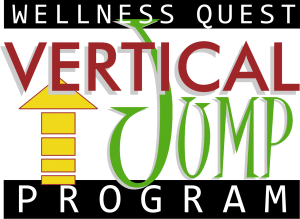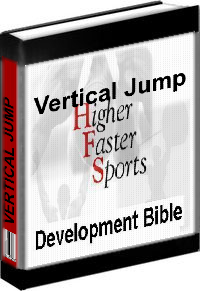The order of the factors does affect the result. Strength is the basis, and good technique is a prerequisite: Working speed with a weak body is inefficient. A rookie will improve his vertical jump more by gaining strength than training jumps. Adding intensity speed to dysfunction or bad technique is dangerous. First, move well, and then move fast. With the best vertical jump program you can find the perfect choices.

Strength can be improved much more than speed. You can continue to gain strength and therefore improve your jump even if you reach your speed limit. In short, first force and jump technique, then speed. Once a minimum force is achieved, a joint program strength and plyometric will give better results than a program that only works one of the studies.
Strength
The best way to add strength to the lower body is clear: do squats. The next question would be what kind of squat? Unfortunately, many trainers still recommend the partial squat. Some because they believe it is safer and others because they think it simulates the movement of the jump better. But remember that you do not train squat to work the technique of jumping, but to gain strength, and the best way to gain strength is with a full range of motion.
Deep squat
For example, this study analyzed the effect of a 10-week program with three types of squats:
- Deep,
- Deep frontal and partial.
The deep squat improved the vertical jump 2.5 cm, while the partial squat produced no benefit in the jump. The deep squat had no significant effect on the explosive force, but the partial squat had a negative effect. This result is logical: to improve the explosive force you have to train it directly, as we will see below. In short, don’t do partial squats. If you want to improve your vertical jump, you must improve your deep squat with the maximum range of motion that allows you to maintain good technique.
Speed or Explosive Force
The vertical jump depends on the efficiency of the nervous system, the ability to store elastic energy in muscles and tendons and the use of the mitotic reflex. Plyometric exercises improve all these components at once.
We can distinguish three types of plyometric exercises:
- With high impact.
- With low impact
- No impact.
All have their usefulness. As we will see in the next installment, we recommend using low impact plyometric in the warm-up or in the first training exercises. We will focus next on the best plyometric exercises with high impact and zero impact.
Plyometric with Impact
One of the main objectives we pursue is to optimize the Stretch-Shortening CEA cycle.
The CEA works as follows: when you bend over flexing your hips, knees and ankles, your muscles and tendons stretch, charging with elastic energy, similar to what happens when you stretch a rubber band. By reversing the movement quickly, that energy is released, helping to propel you, allowing you to jump higher than if you start the movement from a static position.
Although all the exercises that involve explosive jumps or movements are useful in this area, we will focus on those that have more scientific support in terms of their usefulness for vertical jumping and sports that require it, such as volleyball and basketball: box jump, countermovement jump and depth or drop jump.

